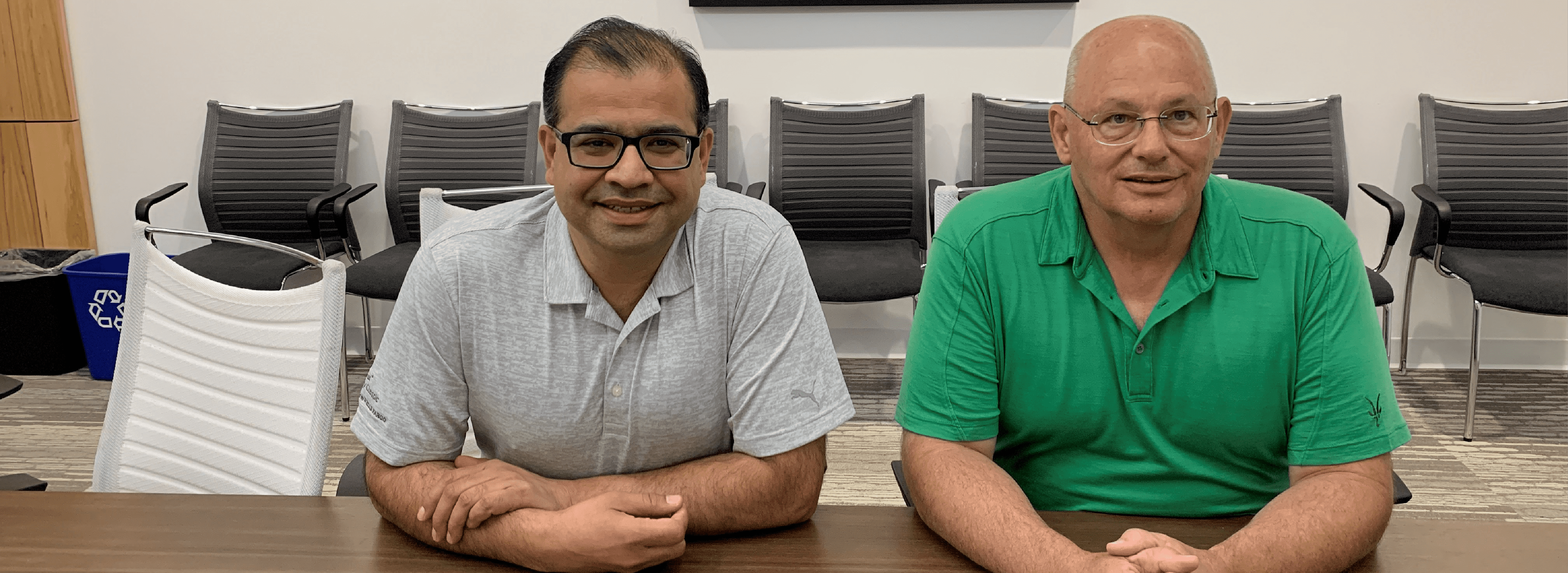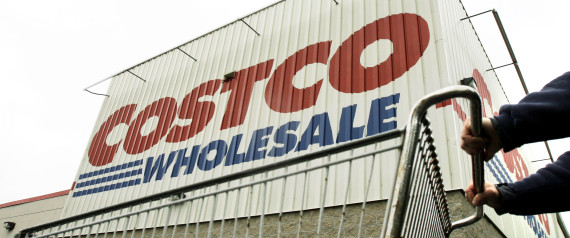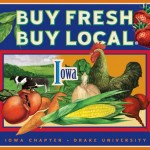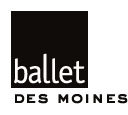I recently received an invitation to a breakfast meeting of local conservative group. Though I wear my political affiliation on my sleeve, on Facebook and voter registration clearly, the invitation wasn’t unusual because it came from a long-time friend who is deeply involved in the community. What was unusual was how the invite ended —
“If you are a small business owner, remember: You did not build your business, somebody (ie. Government) did it for you ????????”
The surprise wasn’t that the email contained the above rhetoric that has been emblematic of current politics. The surprise is that it came from someone I hold in high regard for helping me build my business 17 years ago. I’d left the protections of the large corporation and its benefits and had worked in my basement, writing software, for 6 months. When a second big customer came through, I approached a prior co-worker to help with the new work. His core requirement for moving was, even then, insurance so I went looking, unsuccessfully for insurance. When the large insurers in town scoffed at our small group size of two, one small, family owned business accepted the challenge. He went to bat for us with Principal Financial, Blue Cross Blue Shield and others and found our tiny group of two a policy that was acceptable, affordable and competitive. We stayed with his brokerage for the next 15 years. His and his team’s work helped attract future employees to the company and helped us grow.
He was not the only one who helped, but was one of the few.
Similarly, customers like Terry DeRoin of Nestle Food Company, helped me grow. I had been doing contract coding work in 1994, when a chance referral from Microsoft Solution Provider program landed a fax at my desk. Terry, a controller for the Waverly plant, had looked at software developers in Iowa before and was largely unhappy. When he came to my house in March of ’94, I happened to be in sweats and a t-shirt (him in a suit!). He did hire me after looking at sample code and gave me months and years of work that took me from tiny revenue to significant amounts. Without his initial work, who knows if I could’ve even hired employee #1.
Leaders of Federal and State government agencies helped my previous company grow when they selected a company from Des Moines, Iowa for their critical projects over much larger companies in the US and abroad. Today, StartupCity exists because local, state and corporate leaders have lent their support behind a mission and dream we shared with them. Government agencies — Des Moines Councilmembers, County Supervisors, Director of Economic Development or the Governor’s office — all contribute heavily to our existence. Mentorship from leaders of the Des Moines Partnership (indirectly the Des Moines business community) remains critical in our beginnings and current work.
My work today is that of a mentor and advisor to nascent companies. I do it voluntarily, with no promise of income or revenue, not because I have nothing else to do. I do it because since my arrival in the US, people like Elaine and Ralph Jaarsma of Pella instilled the volunteer spirit in me. They spent extremely valuable time on me, a foreign student, to enter the Iowan work ethic. They showed me how a tiny bakery in a town of 8000 people had national reach, how their work from 2:30 every morning till the end of the day, and their dedication to their community defined their success. Despite their successes and life’s challenges, they continue to embody the volunteer spirit of helping others.
Dozens of new entrepreneurs benefit from the numerous city and business leaders who give up their personal time, early and late on weekdays and weekends to help companies. In Des Moines, watch Bankers Trust CEO Suku Radia, for example, challenge and guide entrepreneur after entrepreneur in his office, coffee shops and city spots, and you’ll see the tireless spirit adding value to companies. Watch the dozens of meetings Mike Colwell at the BIZ arranges in the city to supercharge people’s businesses, and you’ll know it takes a village. Ayn Rand followers know that every Howard Roark has a Mike, a Cameron and a Dominique who challenged him and, in turn, guided him.
Business owners know who helped them along the way – from teachers, spouses, family, mentors, employees and customers. I don’t know what selective listening candidate Romney was practicing that made him miss the boldfaced text below, but I stand with the President’s speech –
“Let me tell you something. There are a whole bunch of hardworking people out there. If you were successful, somebody along the line gave you some help. There was a great teacher somewhere in your life. Somebody helped to create this unbelievable American system that we have that allowed you to thrive. Somebody invested in roads and bridges. If you’ve got a business, you didn’t build that.”
I was inclined to go to the breakfast meeting tomorrow and make a snarky remark about the irony of the message. But that would be disrespectful to someone I hold in very high regard; I hope he knows how many tiny businesses he helped grow over his remarkable career and continues to support daily.






 After the past decade of improvements to elementary and middle schools, the district turned its attention to the aging high school, built in the 70s (when population was growing from 270 toward 2500 per the 70s and 80s census’), already overcrowded and aching for support. After much consternation, the district presented a proposal to the community via public townhalls, participatory meetings and volumes of data. This proposal, though not perfect, was a result of community interaction and changes were still possible if this vote had been approved.
After the past decade of improvements to elementary and middle schools, the district turned its attention to the aging high school, built in the 70s (when population was growing from 270 toward 2500 per the 70s and 80s census’), already overcrowded and aching for support. After much consternation, the district presented a proposal to the community via public townhalls, participatory meetings and volumes of data. This proposal, though not perfect, was a result of community interaction and changes were still possible if this vote had been approved.




